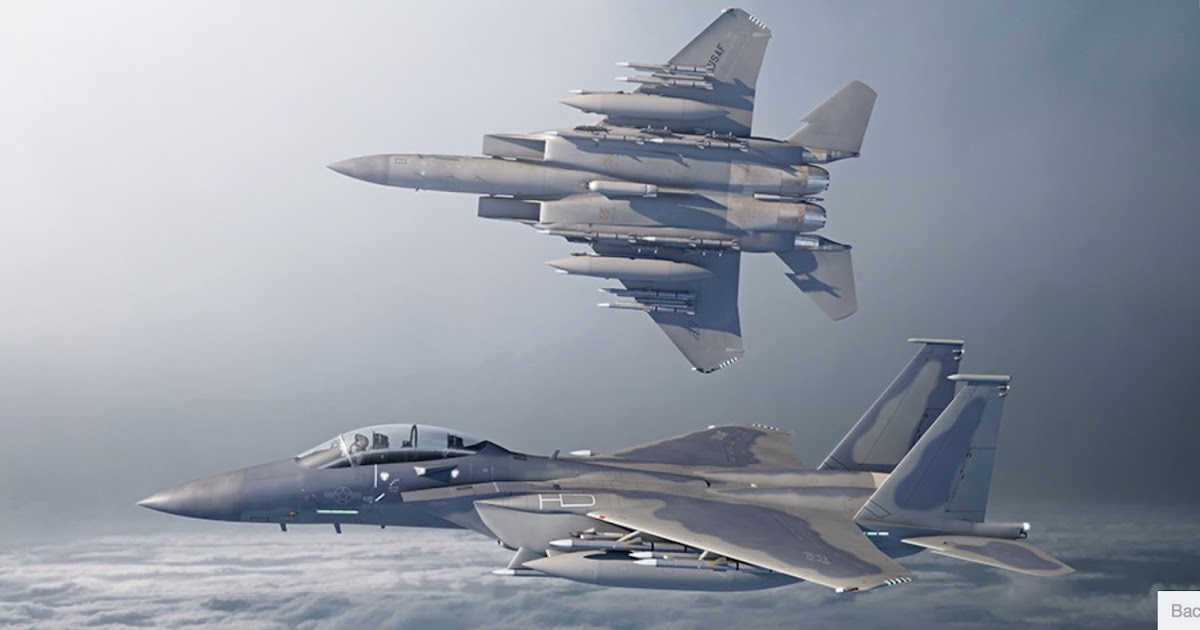
If Boeing offers the IAF the latest version of the F-15EX, the Super Hornet could be withdrawn from the MRCA competition
By Vikas Gupta
Defence News of India, 19 Mar 22
The Indian Air Force (IAF), which acquires 114 multi-role combat aircraft (MRCA) in the global market, will appreciate the option to purchase the high-performance F-15EX Eagle-II, developed and built by The Boeing Company .
The Eagle-II is the world’s fastest (Mach 2.5, or 3,100 kilometers per hour) and most heavily armed (payload of 13.6 tons, or 30,000 pounds) fighter jet, with the longest hitting range. (1,200 nautical miles or 2,222 kilometers). It scored 104 kills in air-to-air combat without suffering a single loss.
Boeing has obtained a compulsory license from the US government to discuss an F-15 sale with India. Pratyush Kumar, until recently head of Boeing India, now leads the F-15 Eagle-II program in the United States.
During his tenure in New Delhi, Kumar was associated with the integration of several Boeing platforms into the Indian Army, including the P-8I Poseidon maritime aircraft, the C-17 Globemaster III heavy-lift carrier, the AH-64E Apache attack helicopter and the Chinook. CH-47F heavy transport helicopter.
When Kumar was transferred to Boeing’s F-15 program in Saint Louis, USA, his golden touch enabled the purchase of 144 F-15EX Eagle-IIs by the United States Air Force (USAF). These will replace the venerable F-15C, which for decades was the USAF’s primary air-dominant fighter.
Last year, the USAF received its first game-changing Eagle-IIs, while Qatar received its first F-15QA Ababil fighters. Boeing has also contracted with Japan to upgrade ex-Japanese Air Self-Defense Force F-15J fighters to the F-15 Japan Super Interceptor (F-15JSI).
The club of existing F-15EX operators now includes the United States, Israel, Japan, Singapore, South Korea and, most recently, Qatar.
Kumar describes the F-15 Eagle-II as “the ideal high-end fighter for high-end combat”.
This latest avatar of the F-15 is designed to deal with the world’s most potent aerial threats emerging from China. These threats include long-range hypersonic missiles that can be redirected; and advanced “early warning and control” (AW&C) aircraft that can observe low-flying fighters at longer ranges.
To deal with these threats, Boeing is equipping the Eagle-II with faster missiles that have longer ranges, faster radar processors, better datalink capabilities, and can take on more weapons in the fight.
Kumar says the F-15EX will be continuously upgraded as it has adequate physical space, IT infrastructure, structural strength and engine power.
The Eagle-II will compete in the Indian MRCA tender against seven other types of combat aircraft. Of these, six were offered to the IAF by six original equipment manufacturers (OEMs) in response to a 2007 tender for 126 fighters (six squadrons).
This call for tenders – the largest in the world at the time – resulted in a much more modest purchase of 36 Rafale fighters. Now that the IAF has launched a new acquisition of 114 fighters (six squadrons) in 2019, upgraded variants of these six fighters have returned to the fray.
Besides the top six, two other fighters have thrown their hats in the ring for the current bidding, which is expected to be even bigger at $15-20 billion.
In 2007, the IAF was offered four twin-engine aircraft: Boeing’s F/A-18E/F Super Hornet; the Rafale from Dassault, the Typhoon from Eurofighter GmbH and the Russian RAC MiG-35.
In addition, two single-engine aircraft were introduced into service: Lockheed Martin’s F-16 Super Viper; and the Swedish firm Saab’s Gripen E/F.
The new tender, launched in 2019, will likely see two other large twin-engine fighters compete: the F-15EX Eagle-II and Russia’s Sukhoi-35.
Boeing is faced with a difficult choice on the fighter to propose in the MRCA tender: the Eagle-II or the Super Hornet. “Offering the F-15EX would result in Boeing withdrawing the Super Hornet from the MRCA competition,” a senior company official said.
However, Boeing is extremely confident in its bid for the Super Hornet for the Indian Navy’s tender of 57 “deck twin-engine fighters” (TEDBF). However, with uncertainty over the prospect of a second indigenous carrier (IAC-2) in the Navy, the 57-TEDBF competition appears to be turning into the procurement of a smaller number of jets.
Specifications for the MRCA are not yet known, so Boeing is unsure whether the Eagle-II or Super Hornet would be a better fit for the IAF. “India must review its force structure in light of the Rafale and Tejas orders. If the gap is on the high performance side, the F-15EX might fit the bill. But these are the early days,” says the Boeing official.






